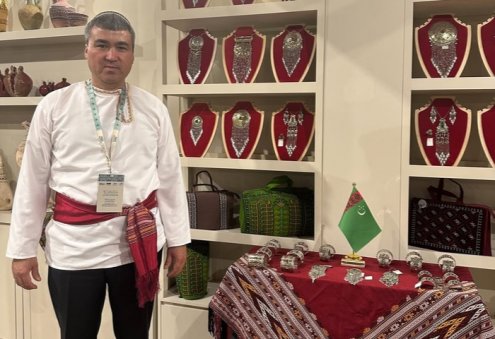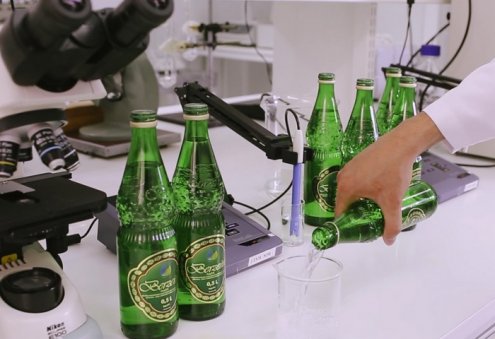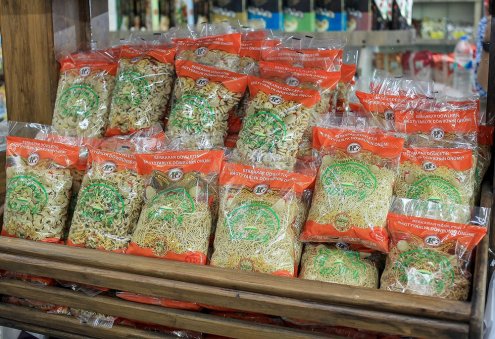Enterprises of the Ministry of Textile Industry plan to organize the production of spunlace non-woven material and, in the long term, synthetic material using the spunbond technology. Industry specialists are holding a tender to select a construction contractor for the production of materials using Spunlace technology.
Spunlace - non-woven fabric produced by tightly connecting fibers (filaments) with high-pressure water jets, without the use of adhesives. The result is a soft, lint-free material with high hygroscopicity.
High barrier properties (60% higher than that of cotton and flax) that inhibit the penetration of microorganisms into human skin ensure its use in medicine and cosmetology, as well as in everyday life. The material is well sterilized if necessary.
The lint-free structure allows to make any shape and size of products from tampons to surgical gowns, sets of linen, sets for surgeons and etc. And the presence of inexpensive raw materials in it makes this product especially popular. In addition, if cotton is part of the spunlace, then such a non-woven material of the hydro-jet bonding withstands repeated washing, and it is well colored.
The starting materials for the manufacture of fabrics by the spunlace method are most often fibers obtained from viscose, polyester, polypropylene, cellulose, and cotton. In particular, Turkmen textile workers plan to use cleaned and bleached waste from spinning.
It is planned to use polypropylene, which is produced at the polymer plant in Kiyanly, as a raw material for the production of the spunbond material. This non-woven thermally bonded material, consisting of the finest polypropylene yarn, is the basis in the production of disposable clothing. Its advantages include bioinertness, durability and affordability.
Due to the nature of the production and the versatility of the physico-mechanical properties of spunbond non-woven materials, they are widely used in many industries, including in the production of agrotextiles and disposable medical clothing. They are the basis for building membranes and waterproofing materials used in light industry such as furniture packing material, and for the manufacture of covers and bags.
These materials can be used for women's and children's hygiene products, and disposable clothing for medical institutions and beauty salons. It is also planned to expand the production of synthetic fabrics for workwear. Spunbond non-woven materials can also be used in the production of carpet. These hypoallergenic materials have high strength and low density.


















